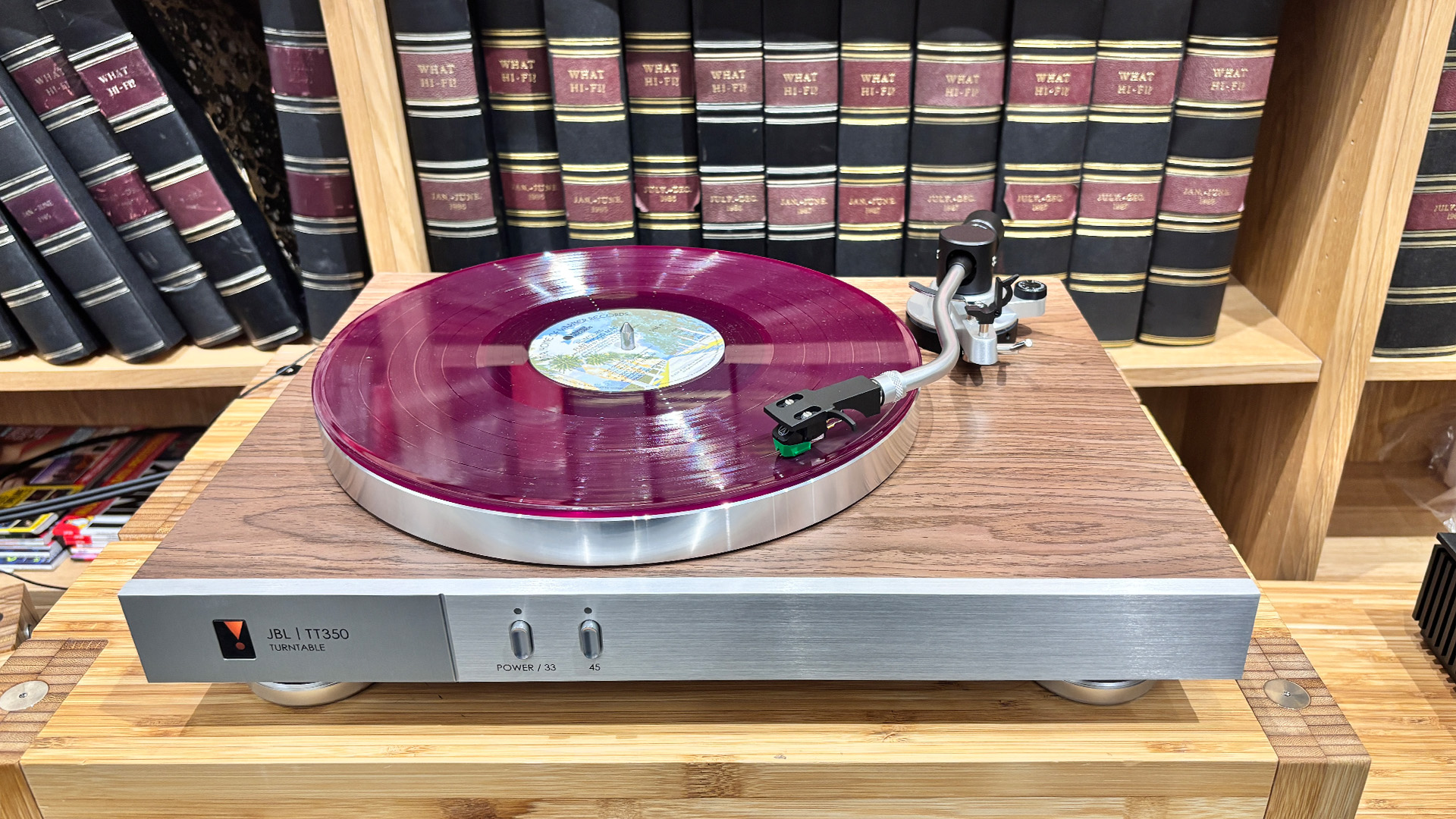JAPAN: Panasonic's loss-making TV division to cut production of LCD and plasma panels
Will buy in more panels to increase competitiveness, and look for customers for smaller displays
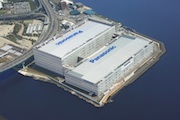
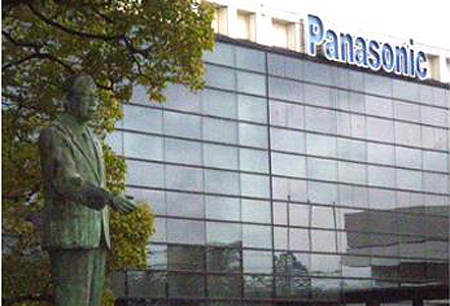
UPDATE: Panasonic plans exit from plasma TV business
Panasonic has announced a shake-up of its TV panel manufacturing, which will see reductions of both LCD and plasma production capacity, and more LCD panels being bought in from external suppliers.
The company, whose TV division has lost money for the last four years and isn't expected to turn a profit in 2012-13, has been forced to seek ways to reduce costs and try to make more money from its current production capacity.
Panasonic will cut production of LCD panels for TVs this year, and again in 2013-14, and concentrate instead on more profitable sales of panels for tablets, smartphones and the like. It's reported that the recently-announced OLED development joint venture between Panasonic and Sony is developing a smartphone OEL (organic electroluminescent) panel that's both thinner than an LCD panel of the same size and consumes less energy.
It will buy in more LCD TV panels from outside sources such as LG Display, which it already uses, increasing the amount of panels it buys in to at least 70% of its requirement this financial year, and more in 2013-14.
It's all a matter of cutting costs, as overseas manufacturers can make panels at a lower price than those in Japan.
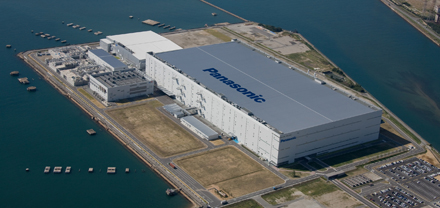
Panasonic's Himeji plant (above), which is already split between TV and smaller panels, will boost the proportion of its capacity used for smaller displays to more than 50%, but will still make LCD TV panels for those manufacturers it supplies.
Get the What Hi-Fi? Newsletter
The latest hi-fi, home cinema and tech news, reviews, buying advice and deals, direct to your inbox.
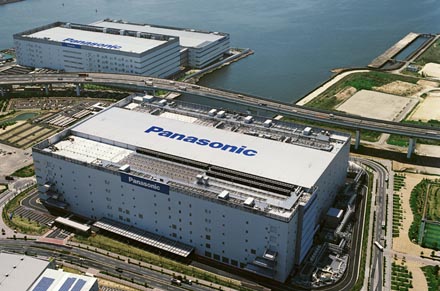
Its Amagasaki plasma panel plant (above) will also reduce production of TV displays this year, while boosting output of panels used for electronic signs.
But Panasonic isn't getting out of the TV business: it's expected that its LCD TV sales with move up a little year on year to around 13m sets, although plasma sales will fall by half to around 2.5m.
The Panasonic move will leave Sharp's Sakai plant, now run as a joint venture with Taiwan-based contract electronics manufacturing giant Hon Hai, as Japan's only factory mainly making display panels for TVs.
Andrew has written about audio and video products for the past 20+ years, and been a consumer journalist for more than 30 years, starting his career on camera magazines. Andrew has contributed to titles including What Hi-Fi?, Gramophone, Jazzwise and Hi-Fi Critic, Hi-Fi News & Record Review and Hi-Fi Choice. I’ve also written for a number of non-specialist and overseas magazines.
